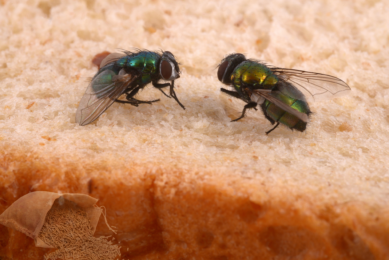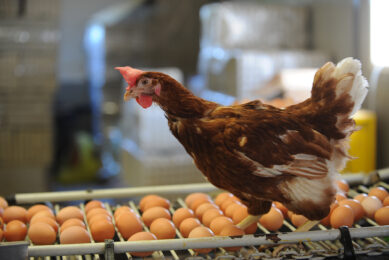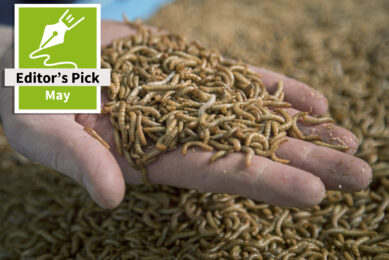Use of insect protein in poultry feeding
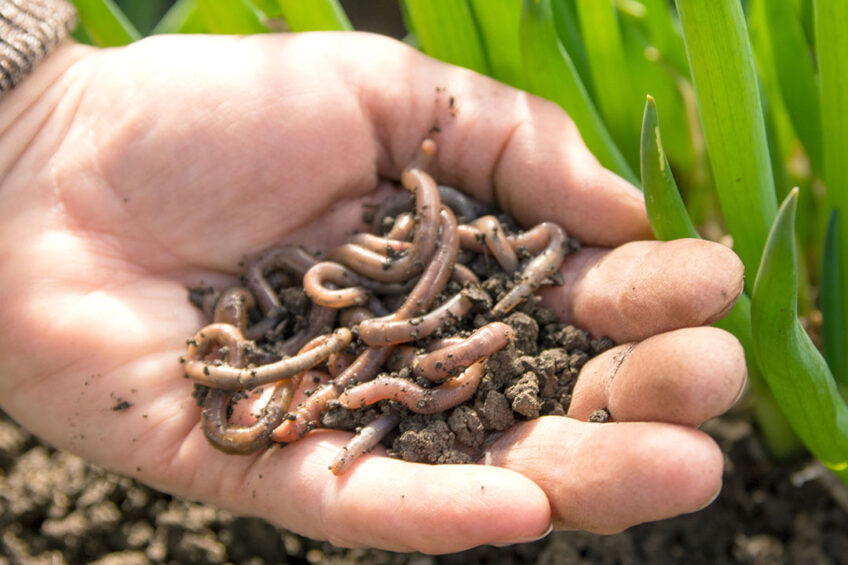
The following is a review of the use of some insect species as a promising way of solving the protein supply problem.
The use of conventional proteins in animal feed such as fishmeal is now challenged. Marine over-exploitation has reduced the abundance of small pelagic forage fish from which fishmeal and fish oil are derived. The production of other protein sources such as soybean is also limited globally due to the limited land availability for soy cultivation. The growing scarcity of resources to produce these increasingly demanded ingredients has doubled their prices during the last few years. So, alternative protein sources for poultry and other classes of livestock are urgently needed.
Fly pupae
Regardless of the usual focus on these particular insects as enemies of man, flies can produce an impressive amount of pupae and hence provide a reliable source of animal protein for livestock, particularly in areas known to be protein-deficient, such as many tropical and subtropical regions.
Collecting pupae
The pupae are separated from the inoculated manure by floating, then dried at 65oC overnight, and removed from the bulk of the residual manure by vibrating screen.
Nutritional value of pupae
The collected pupae are highly nutritious having average values of 63% protein, 15.5% fat, 5.3% ash, and 580 Kcal of energy/g. The protein quality of the pupae is comparable with that of meat-and-bone meal or fishmeal, superior to soybean oil meal, and is considered a good source of limiting amino acids, particularly lysine, methionine, and arginine.
Broilers
In one study, weight gain and feed efficiency were similar for the broiler chicks fed either the pupae or a control diet with a protein supplement containing fishmeal, soybean meal, and meat-and-bone meal. It was also reported that the use of fly pupae as a protein source for broilers improved dressing percentage and meat flavour, and reduced cooking losses.
Layers
For layers, the inclusion of fly pupae in the diet at 25% has resulted in increased egg production with a stronger eggshell which protects the eggs against cracking and microbial penetration.
Earthworms
Earthworm feed can be prepared by immersing the insects in acetone (1 hour) followed by drying at 95°C. The dry matter yields (gram of dried product per 100 grams of fresh worms) vary depending on the drying method (15.2% in air drying, 11.6% in oven drying, and 13.5% in freeze drying).
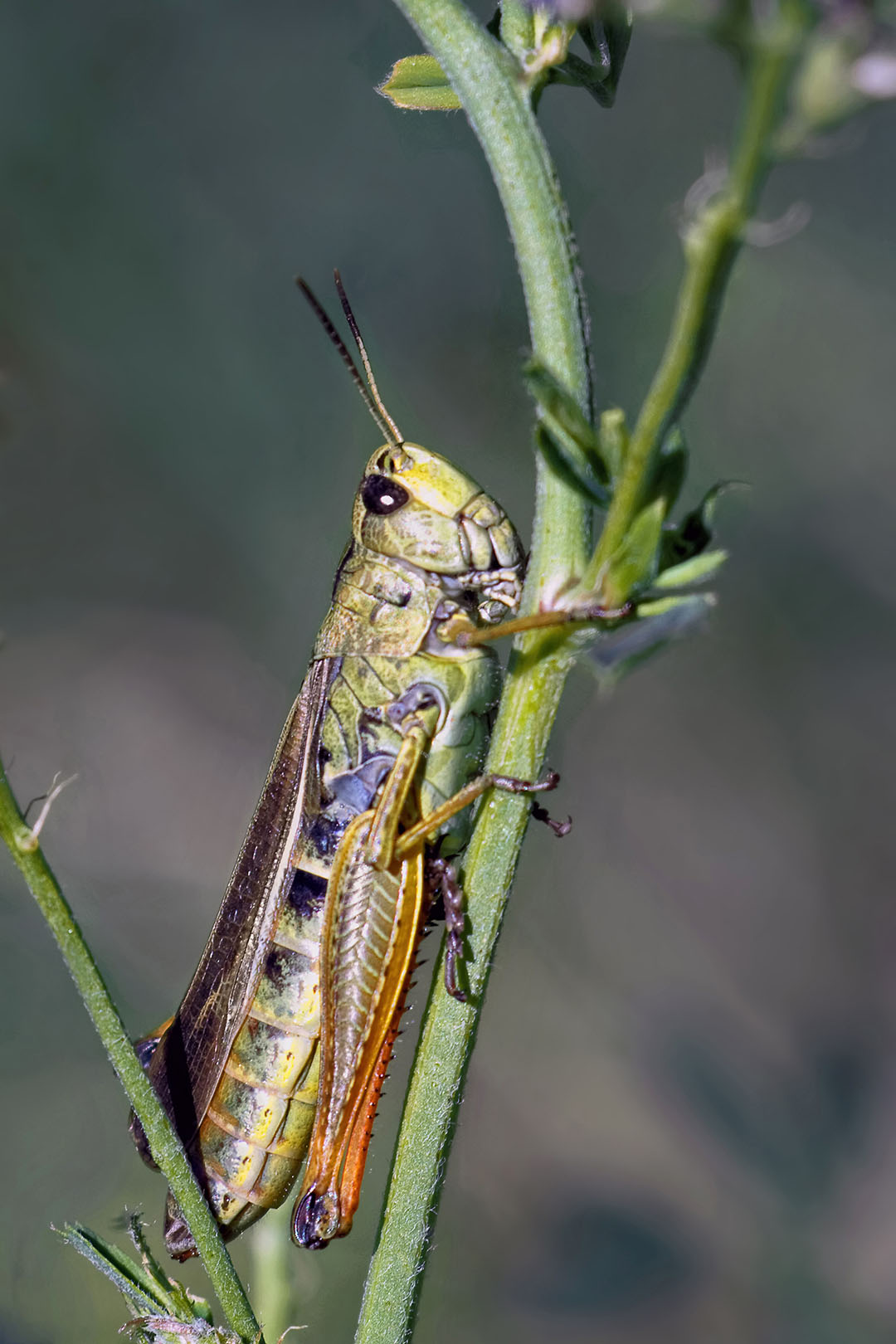
Protein content of earthworms
The protein content of earthworms ranges from about 30% to more than 70% DM depending on the substrate used, i.e. protein content is higher for worms raised on pig manure than for those raised on poultry manure. Their amino acid content is particularly valuable for animal feeding as they provide lysine, methionine, cystine, phenylalanine, and tyrosine, in addition to their high contents of niacin, vitamin B12, and iron, thereby making them better utilised than other conventional protein sources.
Several studies showed that earthworm meals can be successfully used in the broiler at inclusion levels up to 6-10%. Other studies reported an improvement in growth performance with very low inclusion (0.2 to 0.4%) of earthworm meal, suggesting a probiotic effect rather than a nutritional improvement. In layers, performance was maintained with the use of earthworms in the diet, without adverse effects on egg size or quality.
Grasshopper
It is estimated that a single swarm of grasshoppers can contain up to 10 billion insects covering an area of up to 40 square kilometres of arable land, thereby causing severe damage to the crops. Because of the swarming behaviour, this makes grasshoppers relatively easy to harvest. The harvesting of grasshoppers for animal feed is an effective means of controlling them and reducing the application of chemical pesticides and hence alleviating environmental pollution.
Nutritional value of grasshoppers
In feeding terms, grasshoppers are rich in crude protein (55%), fat (20%), and fibre (22%), in addition to being palatable as fishmeal when fed to broilers. In one study, 50% fishmeal protein was replaced with grasshopper meal, resulting in higher body weight gain, feed intake, and feed conversion ratio. Higher anti-oxidative potential and longer storage life of grasshoppers have also been observed.
Silkworms
The silkworm pupae contain about 48% crude protein and 27% crude fat, and high vitamin content. They, however, require de-oiling to improve their keeping quality and remove the highly unsaturated fats that affect the flavour of poultry meat.
Silkworm pupae meal has been used to replace fish meal completely in layer diets and to replace up to 50% of the fish meal in broiler diets, resulting in improved feed efficiency, egg weight, fertility, and hatchability. It is suggested that ecdysteroids, a hormone involved in the metamorphosis of the pupae, may be responsible for these performance-stimulating effects.
The use of silkworm pupae in place of fishmeal is particularly important in some parts of the world where fishmeal is adulterated with other ingredients such as fish bones, sand, sawdust, etc., which adversely affect its nutritive value. It is also important in cases where producers sometimes use insecticides for the preservation of fishmeal, which may cause toxicity in poultry.
Termite meal
Termite meal contains about 42.33% crude protein after sun drying and 47.34% crude protein after roasting, with about 41% crude fat and high contents of zinc and iron.
Broilers fed on 50% termite and 50% fish-based meals perform better than those fed only on conventional fish-based meals (weight gain of the former group was 1.98 kg compared to 1.86 kg in the second). The improved performance, in this case, was probably due to the presence of glucanase, mannanase, and glucosidase enzymes in the termite meal which improves digestion and utilisation of feed. However compounding commercial feeds with 100% termite meal as the protein ingredient could increase the concentration of anti-nutritional factors such as oxalates, phytate, and hydrocyanic acid in the feed and hence lead to osteomalacia and rickets due to interference of these anti-nutritional factors with manganese, iron, and calcium utilisation.
Points of attention
The current costs for the production of insect protein sources depend on the insect species and the substrate used. The costs are generally high but are still lower than the costs of producing conventional feed sources for the reasons mentioned above.
Further reduction of costs may be achieved by using high-productive protein-rich insects, use of cheap bio-waste products, reducing labour costs by mechanisation, reducing housing costs by increasing the size of insect-rearing facilities, and increasing the shelf life of insects by processing methods such as freeze-drying. On all these measures further research is recommended.
References are available from the author upon request.





